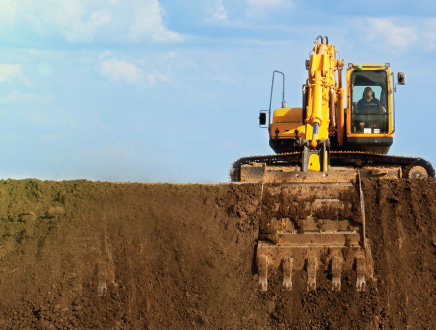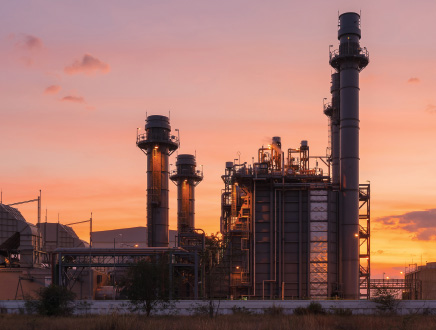Winner’s Circle 2020
Business is at the forefront of the current national dialogue. In West Virginia and across the U.S., small businesses are the heart and soul of numerous communities, creating jobs, rebuilding downtowns and attracting tourists. In spite of the international impact of the COVID-19 pandemic on the world economy, many businesses are staying the course, and with the important role exporting is playing in the Mountain State, hope for a brighter future remains.








